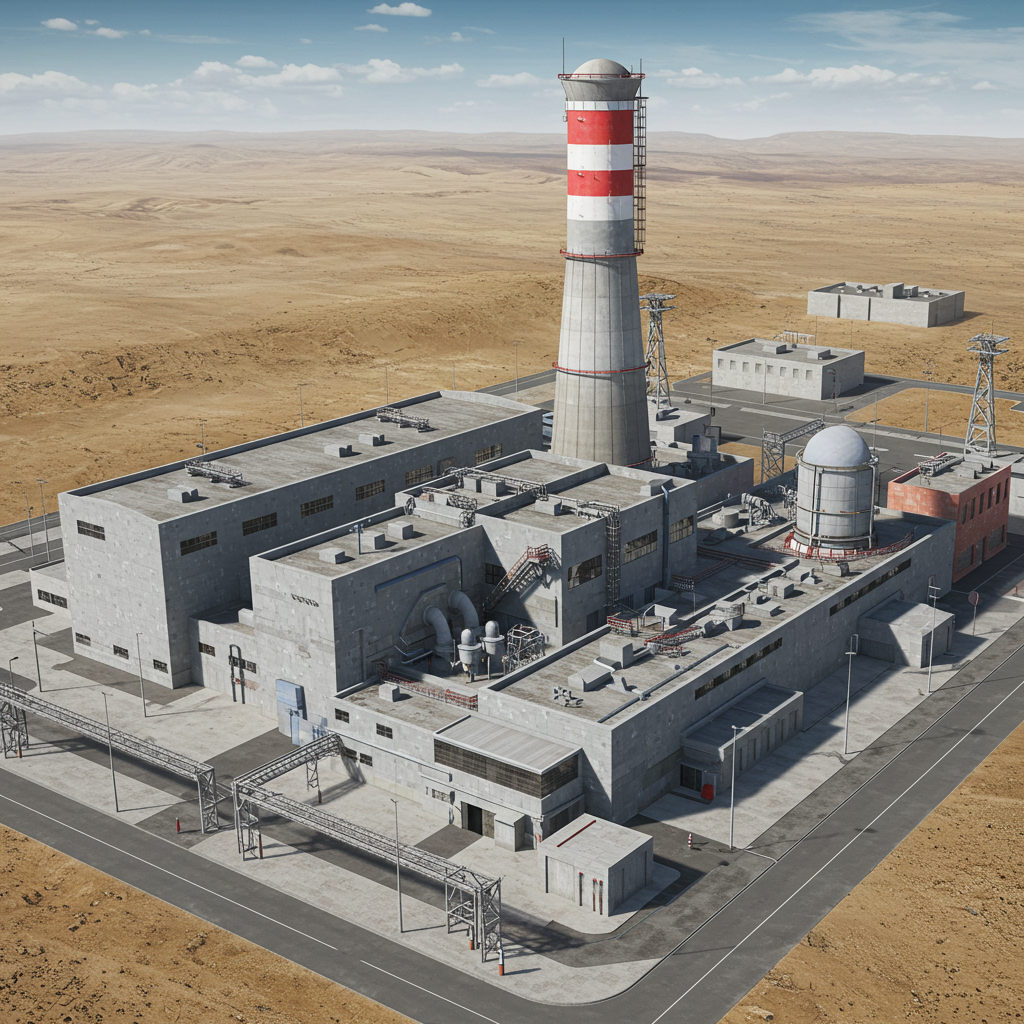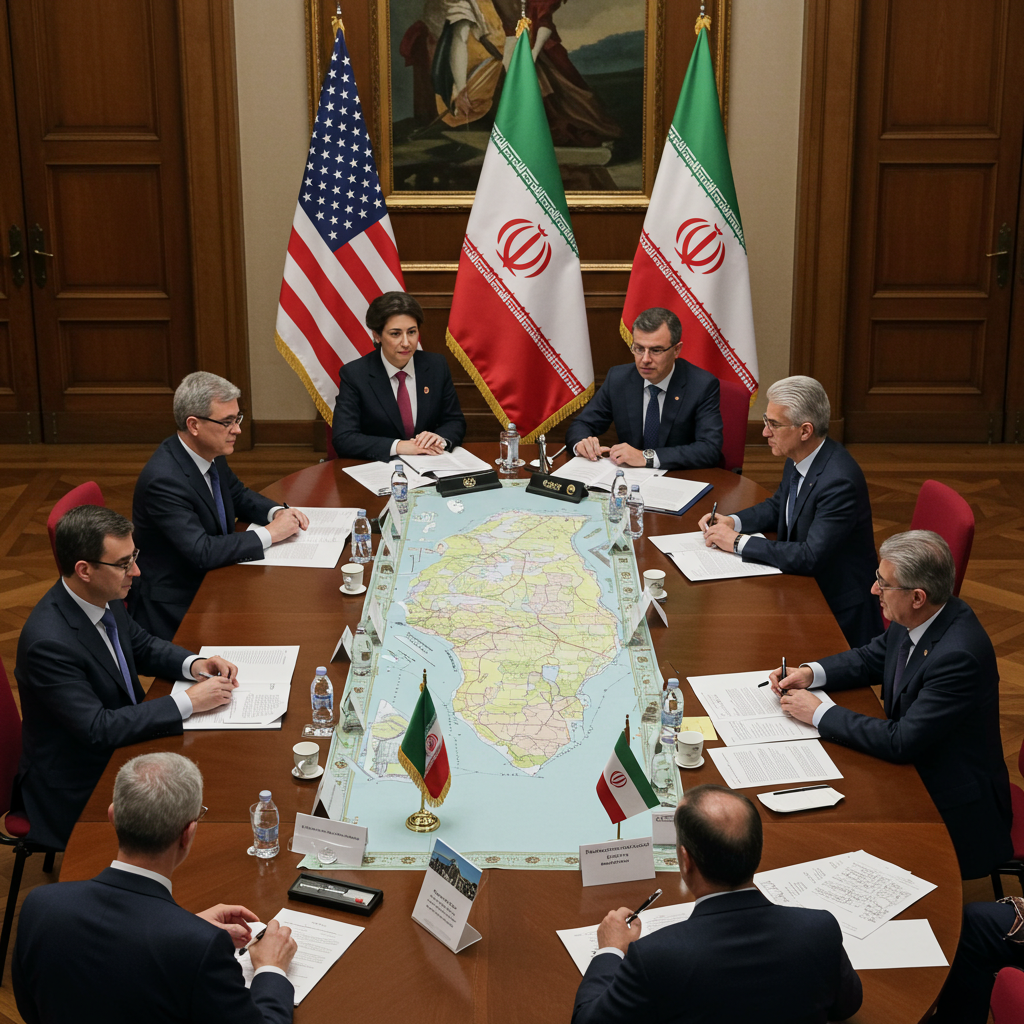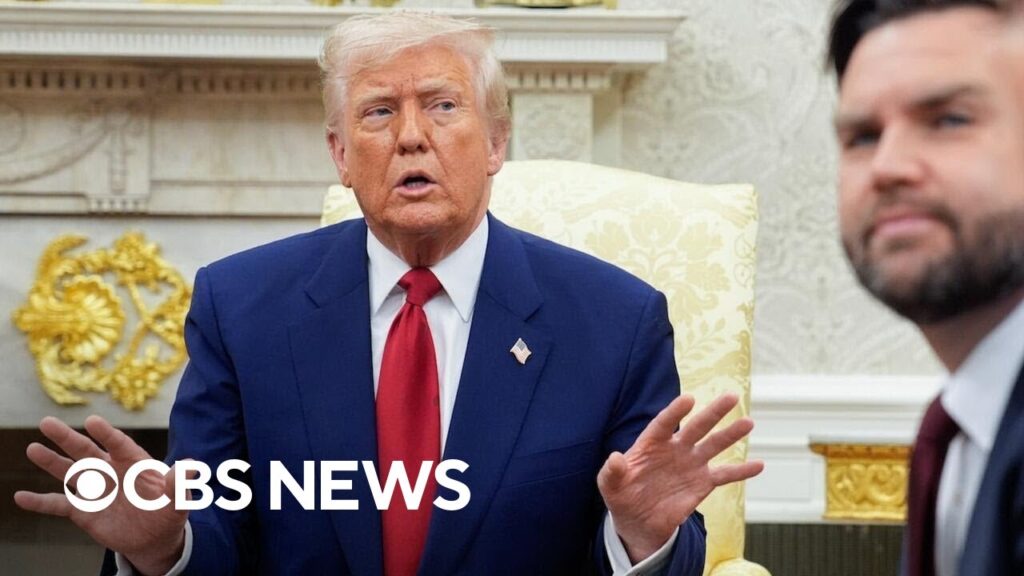Explore the latest insights on U.S. negotiations with Iran regarding its nuclear program. Stay informed on key developments and implications for global security.
Introduction
The complex relationship between the United States and Iran has been marked by decades of tension, particularly concerning Iran’s nuclear program. The ongoing negotiations and discussions surrounding this issue are critical not only for the two nations involved but also for global security and diplomatic relations. This blog post aims to explore what is currently known about the U.S. talks with Iran regarding its nuclear ambitions, the historical context, the key players, and the potential implications of these discussions.
Historical Context

The roots of the U.S.-Iran nuclear negotiations can be traced back to the 1979 Iranian Revolution, which resulted in the overthrow of the Shah and the establishment of the Islamic Republic. The U.S. responded with sanctions and diplomatic isolation, which have persisted in various forms. Concerns about Iran’s nuclear program intensified in the early 2000s when it became clear that Iran was pursuing uranium enrichment capabilities under the guise of a civilian nuclear energy program.
In 2015, the Joint Comprehensive Plan of Action (JCPOA) was established, which aimed to limit Iran’s nuclear activities in exchange for sanctions relief. This agreement was a significant diplomatic achievement but was short-lived. In 2018, the Trump administration unilaterally withdrew from the JCPOA, reinstating harsh sanctions on Iran and leading to increased tensions and a series of retaliatory actions by both sides.
Current State of Talks
As of April 2025, the U.S. and Iran have resumed talks regarding the nuclear program, albeit under a cloud of skepticism and geopolitical complexity. These discussions are taking place against the backdrop of regional instability, domestic political pressures, and the ongoing threat of nuclear proliferation.
- Key Objectives: The primary aim of the U.S. in these talks is to ensure that Iran’s nuclear program remains peaceful and that it does not develop nuclear weapons capabilities. For Iran, the focus is on lifting economic sanctions that have severely impacted its economy and to regain its standing in the international community.
- Negotiation Framework: The current negotiations are not just about nuclear capabilities; they also encompass broader issues such as regional security, missile development, and Iran’s influence in proxy conflicts across the Middle East. This multifaceted approach reflects the complexity of the situation and the need for a comprehensive agreement.
- Participants: The talks involve not only U.S. and Iranian officials but also representatives from other countries, including the P5+1 (the five permanent members of the UN Security Council plus Germany). Their involvement is crucial for any potential agreement, as they hold significant leverage and influence over the situation.
Challenges in Negotiations

Despite the resumption of talks, several challenges remain that complicate the negotiation process:
- Mutual Distrust: A significant barrier to successful negotiations is the deep-rooted distrust between the U.S. and Iran. Each side views the other’s actions with suspicion, complicating efforts to reach a consensus.
- Domestic Politics: Both nations face internal political pressures that can impact the negotiations. In the U.S., bipartisan support for a tough stance on Iran exists, while in Iran, hardliners oppose concessions to the West. These dynamics create a precarious environment for diplomatic progress.
- Regional Tensions: The broader geopolitical landscape, including conflicts in Syria, Yemen, and Iraq, further complicates the negotiations. Iran’s support for militant groups and its missile program are contentious issues that the U.S. and its allies seek to address.
Recent Developments

In recent months, several key developments have emerged in the U.S.-Iran talks:
- Intermediary Efforts: Countries like Oman and Qatar have played intermediary roles, facilitating dialogue between the U.S. and Iran. Their involvement has been instrumental in keeping lines of communication open.
- Incremental Agreements: Reports indicate that the two sides have reached some incremental agreements, focusing on specific areas such as nuclear inspections and limited sanctions relief. These small steps are seen as confidence-building measures that could pave the way for more comprehensive negotiations.
- Public Statements: Both sides have made public statements indicating a willingness to engage in dialogue. However, these statements often come with caveats, reflecting the ongoing tensions and the fragile nature of the talks.
Implications of the Talks
The outcome of the U.S.-Iran negotiations could have far-reaching implications:
- Regional Security: A successful agreement could lead to a reduction in tensions in the Middle East, fostering a more stable security environment. Conversely, a failure could exacerbate conflicts and lead to an arms race in the region.
- Global Non-Proliferation Efforts: The negotiations are critical for the global non-proliferation regime. A robust agreement could strengthen international norms against nuclear proliferation, while a breakdown could undermine these efforts.
- Economic Impact: Lifting sanctions could revitalize the Iranian economy and open up new opportunities for international trade and investment. However, continued sanctions would likely perpetuate economic hardships for the Iranian populace.
Conclusion

The U.S. talks with Iran on its nuclear program are a pivotal moment in international diplomacy. As both sides navigate the complexities of their relationship, the stakes are high—not just for their respective nations but for global security as a whole. The coming months will be crucial in determining whether these negotiations will yield a lasting agreement or if tensions will escalate further. The world watches closely, hoping for a resolution that can lead to peace and stability in a region long plagued by conflict.
Final Thoughts
As we reflect on the ongoing negotiations, it is essential to recognize the importance of dialogue and diplomacy in resolving conflicts. While the path forward may be fraught with challenges, the potential for a peaceful resolution remains a beacon of hope in an otherwise tumultuous landscape. The outcome of these talks will not only shape the future of U.S.-Iran relations but also influence the broader geopolitical landscape for years to come.

